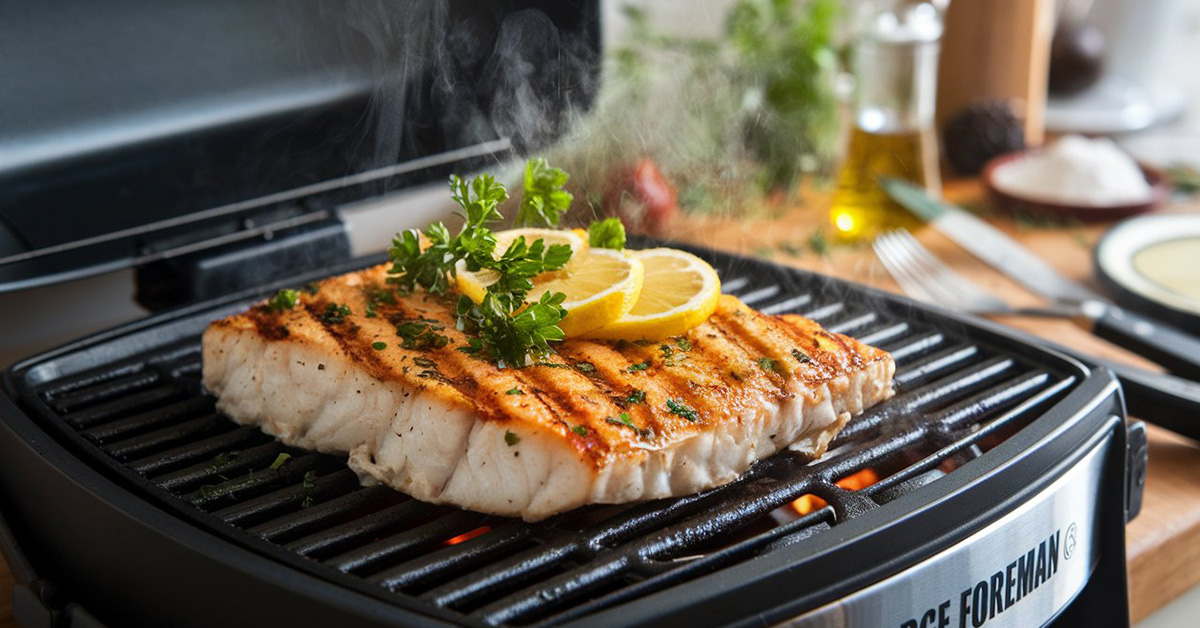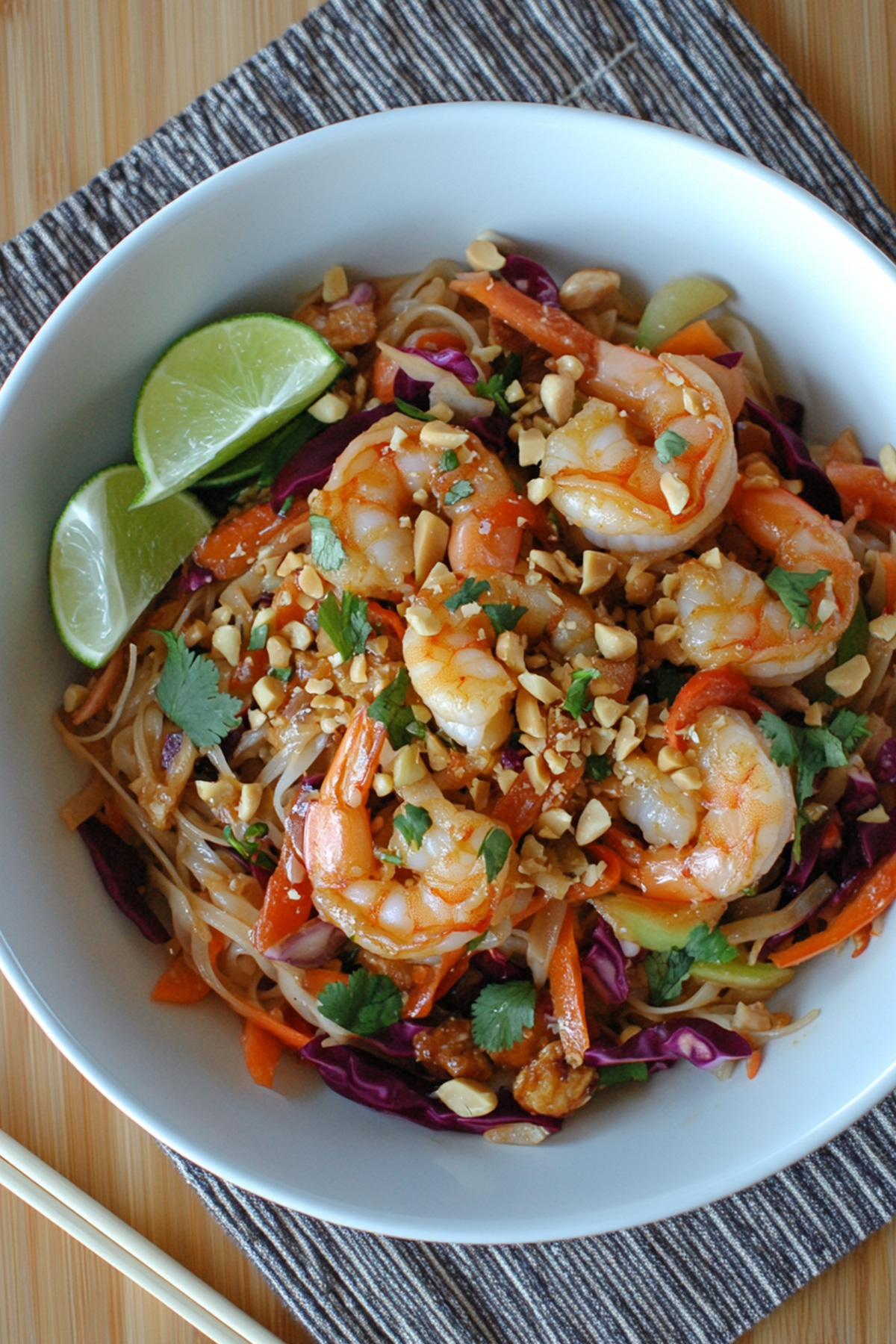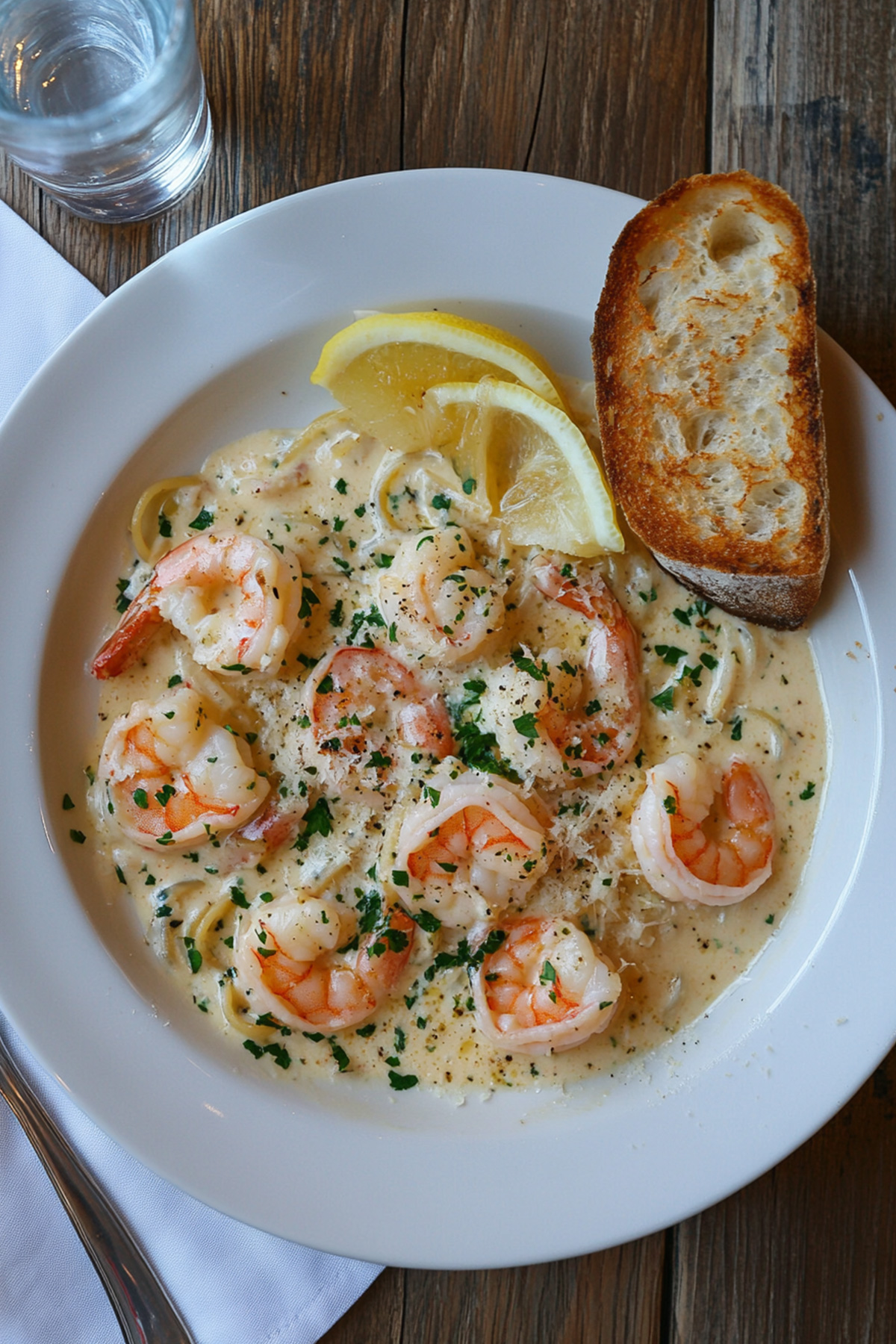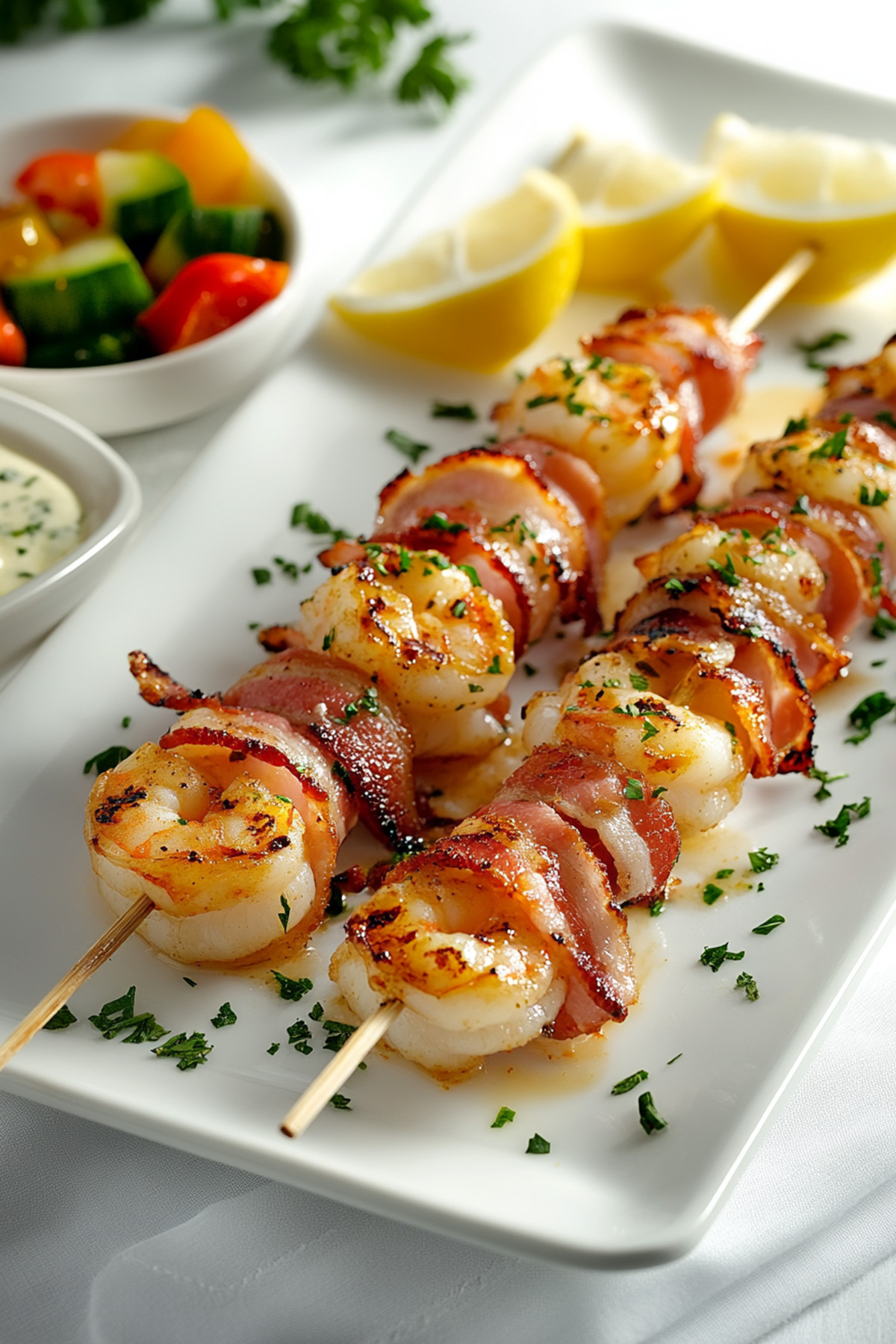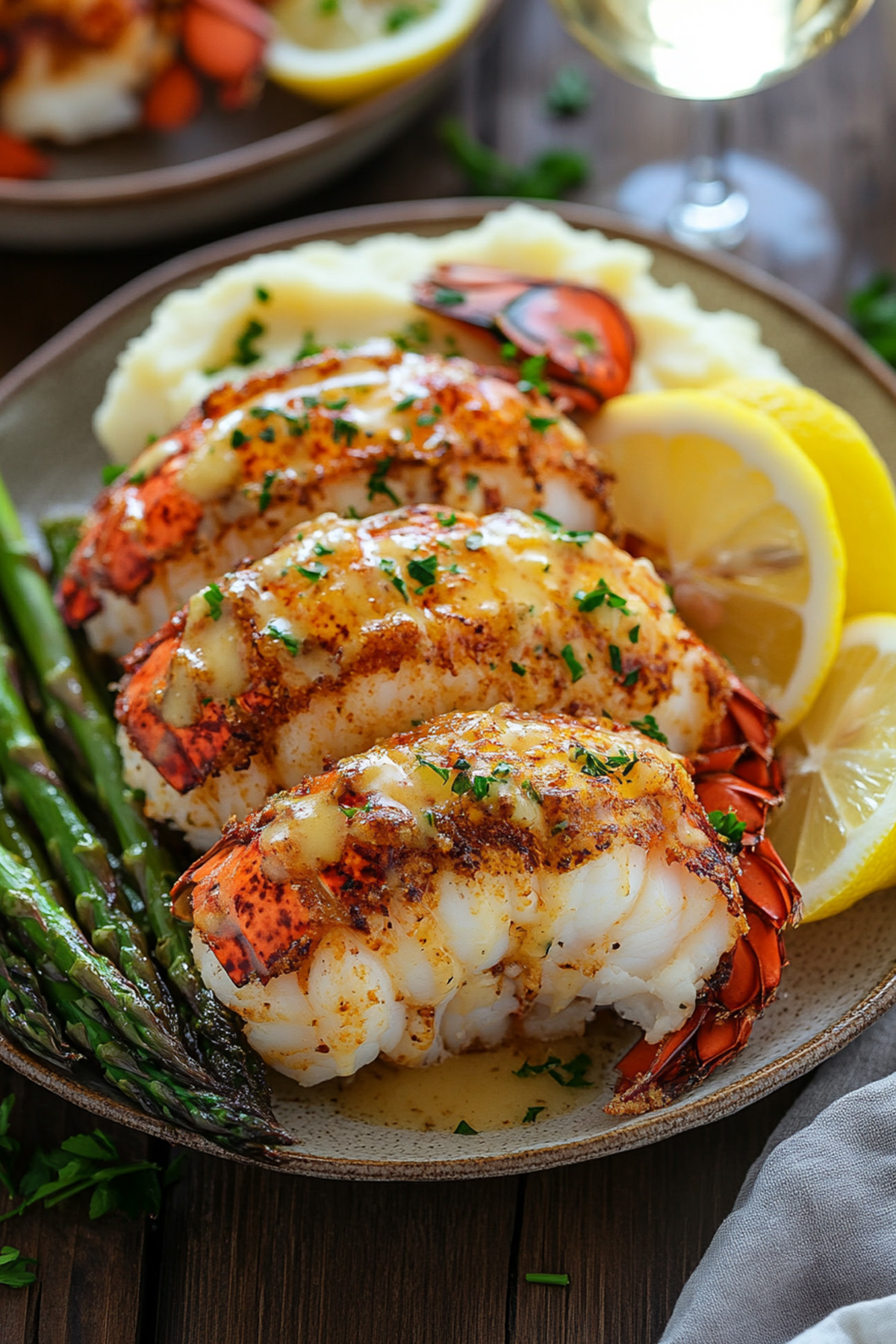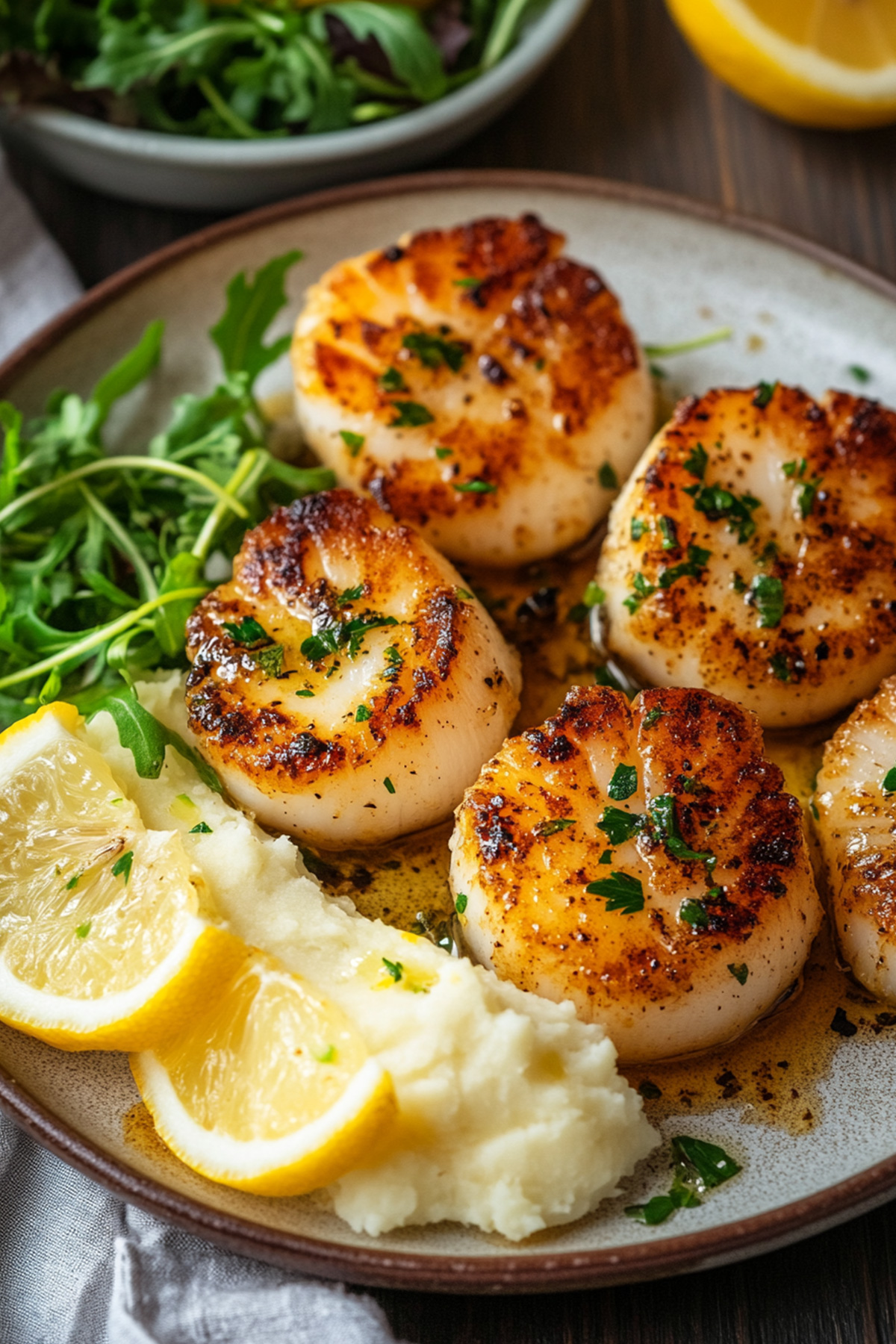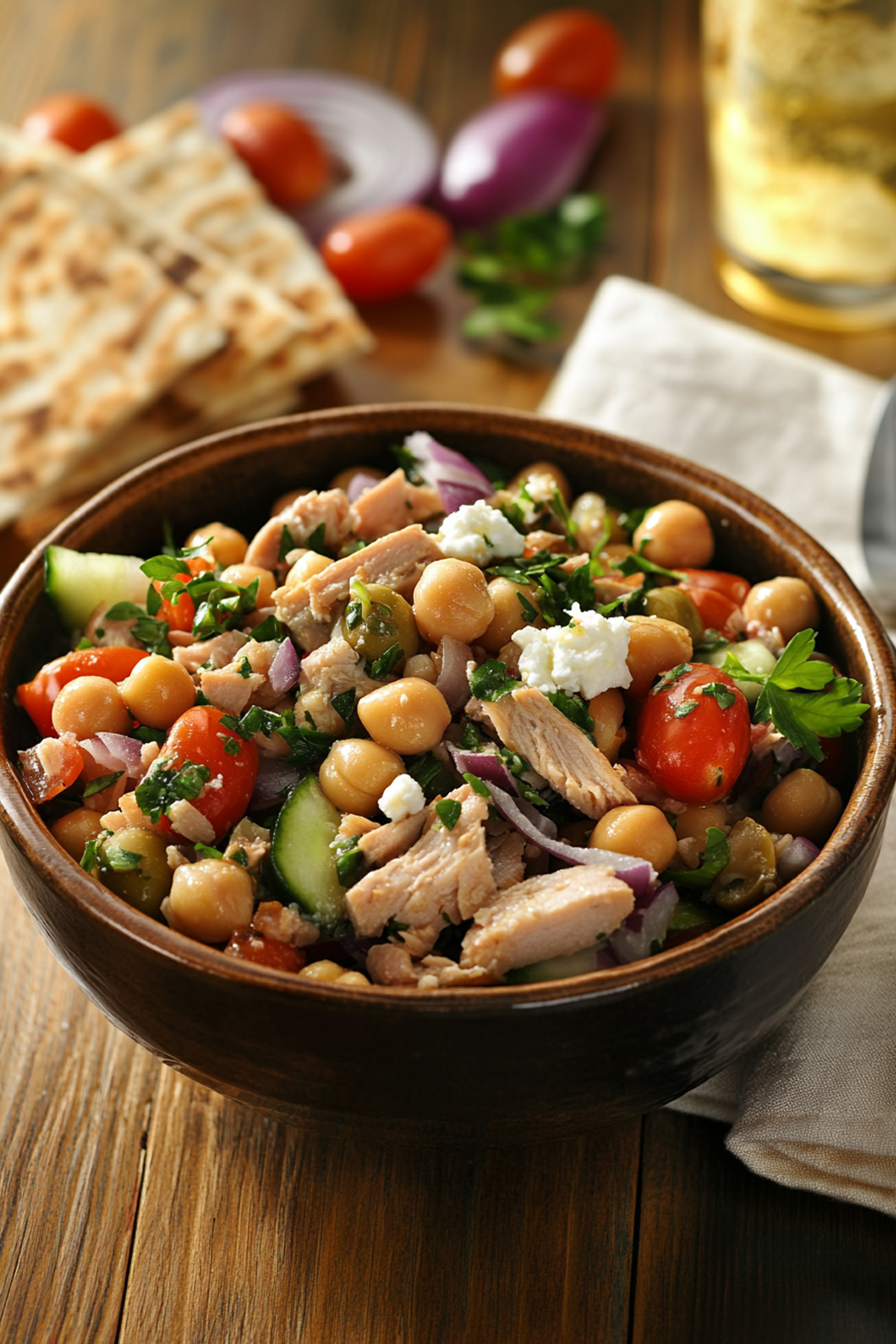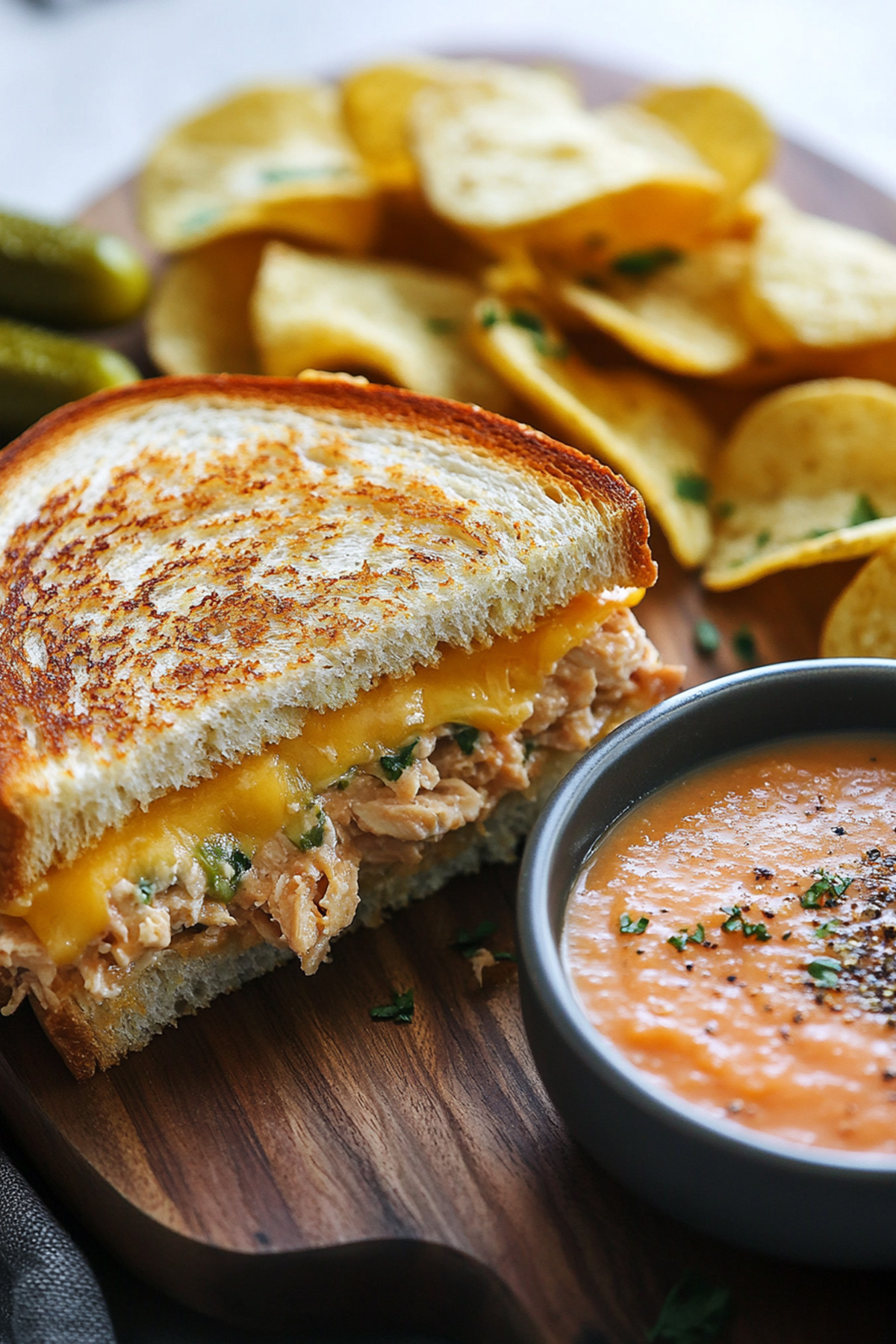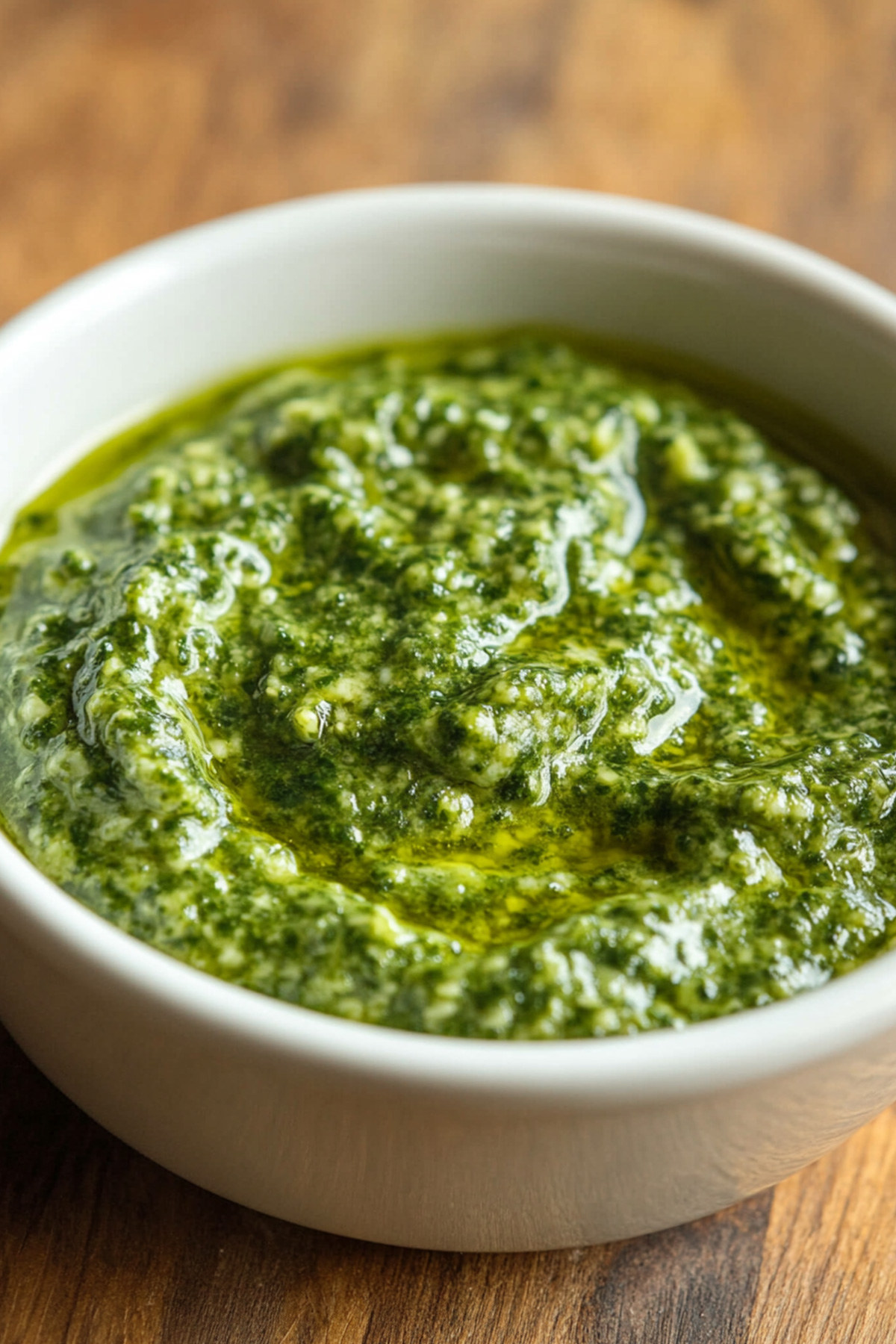Grilling fish can seem daunting, but the George Foreman grill makes it a breeze! Its compact design and quick cooking capabilities turn seafood lovers into grill masters in no time. Cooking fish on this versatile appliance offers numerous advantages: it locks in flavors, reduces fat through its sloped surface, and all while being super easy to clean. Whether you’re prepping for a family dinner or hosting friends for a weekend barbecue, the George Foreman is your secret weapon.
However, to truly shine as a grill enthusiast, knowing how long to cook different types of fish is essential. The right cooking times can mean the difference between perfectly flaky filets and dry or undercooked meals. Fear not! In this article, we’ll provide you with clear guidelines and helpful tips that will ensure your grilled fish turns out delicious every time. So let’s dive in and explore how to make the most of your George Foreman grill!
Table of Contents
Why Choose a George Foreman Grill for Cooking Fish?
When it comes to grilling fish, the George Foreman grill stands out as an excellent choice for both novice and seasoned cooks alike. One of the primary advantages of this grill is its ability to promote healthier cooking. The inclined surface allows excess fat and oils to drain away from the fish, meaning you can enjoy your favorite seafood without the guilt often associated with traditional frying methods. This feature is particularly beneficial when preparing rich fish varieties like salmon or mackerel, where healthy fats contribute flavor but can be overwhelming in larger quantities.
Another compelling reason to opt for a George Foreman grill is its convenient design and easy cleanup. After a delightful grilling session, many people dread washing up; however, the non-stick grilling plates make it simple to wipe down. Unlike outdoor grills that may require hours of scraping and scrubbing, you can quickly clean your George Foreman by using a damp cloth or sponge once it has cooled down. Plus, because it’s compact and plug-in, you can experience that delicious grilled flavor without needing to fire up an entire barbecue setup.
The versatility of the George Foreman grill makes it suitable for various types of fish ranging from flaky whitefish like tilapia to more robust options such as swordfish and tuna steaks. Each type brings its own unique flavor profile that pairs wonderfully with various marinades or seasonings. The grill accommodates these differences well by allowing even heat distribution, ensuring that each piece of fish cooks perfectly without drying out—a common concern when grilling seafood.
Moreover, using a George Foreman grill opens up opportunities for experimentation in your kitchen. You can try different cooking times based on the thickness or type of fish you’re using while enjoying consistent results across your dishes. This flexibility invites home cooks and seafood lovers alike to explore new recipes and flavors while confidently whipping up gourmet-style meals right at home!
Types of Fish Suitable for Grilling
When it comes to grilling fish, some varieties shine brighter than others, making them particularly well-suited for your George Foreman grill. Popular choices include salmon, tilapia, and trout, each offering distinct flavors and textures that can turn an ordinary meal into a culinary delight. Salmon is not only rich in omega-3 fatty acids but also has a robust flavor that holds up beautifully on the grill. Tilapia provides a mild taste that’s perfect for those who prefer something less intense, while trout brings a delightful nutty flavor with its delicate flesh.
Choosing fresh fish is crucial for achieving the best grilled results. When selecting your catch at the grocery store or local market, keep an eye out for clear eyes and bright red gills—these are signs of freshness. Additionally, a firm texture should be felt when you press down on the fillet; if it springs back, you’ve found a winner! Remember to avoid any fish that has an overly fishy smell or discolored skin; these are telltale signs that it’s past its prime.
For maximum grilling pleasure, consider looking beyond traditional options as well. Fish like mahi-mahi and swordfish offer a meaty texture that works wonderfully on the George Foreman grill. Furthermore, if you’re feeling adventurous, try experimenting with lesser-known varieties such as halibut or barramundi; both promise delicious results when grilled properly. The key is to adapt your cooking method to match the unique qualities of each type of fish—this will not only enhance their natural flavors but will also ensure they cook evenly and achieve that sought-after grill mark.
In summary, grilling allows for creativity in your meals, transforming everyday dinners into exciting seafood feasts. By choosing popular options like salmon or tilapia and being mindful of freshness indicators when shopping for fish, you’ll set yourself up for success every time you fire up your George Foreman grill.
How Long to Cook Fish on a George Foreman Grill?
When it comes to grilling fish on a George Foreman grill, understanding cooking times is essential for achieving perfectly flaky and tender results. As a general rule of thumb, most fish fillets that are about 1 inch thick will require around 4 to 6 minutes of cooking time. However, this can vary based on the type of fish you’re using and your desired level of doneness. For instance, thicker cuts like salmon steaks may take slightly longer, sometimes reaching up to 8 minutes if they’re around 1.5 inches thick.
It’s important to keep an eye on the clock but also rely on visual cues when grilling. Fish is typically done when it turns opaque and flakes easily with a fork. If you’re unsure whether it’s cooked through, use a food thermometer—an internal temperature of 145°F indicates that your fish is safe to eat and at its peak flavor. Additionally, remember that marinated or seasoned fish might cook differently due to added moisture; therefore, adjusting your cooking time accordingly will lead you to more successful meals.
Different types of fish might have unique characteristics affecting their cooking times as well. For example, delicate white fish like tilapia or sole typically cook faster than denser varieties such as swordfish or tuna. If you’re experimenting with different recipes or marinades that introduce extra ingredients like oils or acids (think citrus juices), these could influence how long you need to keep the fish on the grill too—so feel free to adjust times based on those specifics for optimal outcomes.
Ultimately, knowing how long to cook various types of fish allows you not only greater control over your grilling experience but also empowers you to play with flavors and textures without fear of overcooking! With just a bit of patience and practice, soon you’ll be whipping up flawless grilled dishes straight from your George Foreman grill that delight both taste buds and health-conscious diners alike!
Factors Affecting Cooking Time
When grilling fish on a George Foreman grill, several factors can influence cooking times, with thickness and moisture content being the primary culprits. Generally speaking, the thicker the fish fillet, the longer it will take to cook thoroughly. For instance, while a one-inch thick salmon fillet might be perfectly cooked in 4-6 minutes, a two-inch thick piece could require 8-10 minutes or more to reach that ideal flaky texture. This is why it’s essential to gauge both the cut’s thickness and monitor it closely as it cooks to prevent overcooking.
Moisture content also plays a vital role in determining just how long your fish requires on the grill. Fish that has been marinated often contains additional liquids that can affect cooking speed. If you’re using a marinade with oil or citrus juices, for example, this can cause the outside of the fish to caramelize quickly while potentially leaving the inside undercooked if not timed correctly. Marinating fish typically enhances flavor and tenderness but also means you’ll want to keep an eye on internal temperatures; fewer marinades can lead to faster cooking times since they don’t have added moisture slowing down heat absorption.
Another factor that comes into play is the type of fish itself. Denser varieties like swordfish may take slightly longer than delicate species such as tilapia or sole due to their firmer texture. Understanding these distinctions among different types of fish will help you better manage cooking times and achieve optimal results every time you fire up your George Foreman grill.
Ultimately, mastering your cooking process involves knowing your ingredients well—observing thickness, accounting for any extra moisture from marinades—and adjusting timing accordingly will ensure deliciously grilled fish fits right into your meal plans!
Tips for Perfectly Grilled Fish
Cooking fish on a George Foreman grill can yield delicious results, but there are several tips to ensure your seafood turns out perfectly every time. One essential step is to always preheat your grill before adding the fish. This creates an optimal cooking surface that helps prevent sticking and ensures even cooking. Just like any grilling technique, giving it a few minutes to heat up also aids in achieving those delightful grill marks while sealing in moisture.
Another crucial aspect of preparing fish for grilling is applying a light coating of oil or using a flavorful marinade. Not only does this help to add moisture and prevent sticking, but it also infuses the fish with flavor while it cooks. For example, consider trying a simple lemon-garlic herb marinade: just mix fresh lemon juice, minced garlic, olive oil, and your favorite herbs like parsley or dill. Marinate your fillets for about 30 minutes prior to grilling for an extra punch of flavor without overpowering the natural taste of the fish.
While general cooking times offer guidance, it’s important to check the internal temperature of your fish as you cook—ideally aiming for 145°F. You can easily do this with a meat thermometer inserted into the thickest part of the fillet; if it flakes easily with a fork and reaches that ideal temp, you’re good to go! If you’re unsure about doneness based solely on time, look for visual cues: cooked fish typically looks opaque rather than translucent and should feel firm yet tender when ready.
Lastly, keep an eye on how long you’re grilling certain types of fish—you might be surprised at how quickly they cook! Thinner fillets may only need around 4-5 minutes while thicker cuts could take closer to 6-8 minutes. By following these guidelines and keeping an eye on both time and temperature, you’ll be well on your way to enjoying perfectly grilled fish right from your very own kitchen!
Common Mistakes to Avoid When Grilling Fish
When it comes to grilling fish on a George Foreman grill, there are some common pitfalls that can turn an otherwise delicious meal into a disappointing one. One of the most frequent mistakes is overcooking the fish. It’s easy to forget that fish cooks quickly, and what may seem like a slight amount of time could actually lead to dry, rubbery fillets. To avoid this, always keep a close eye on your grill and consider investing in a digital meat thermometer. Aiming for an internal temperature of 145°F will ensure your fish is both safe to eat and perfectly moist.
Another common blunder is skimping on seasoning. While fresh fish has its own inherent flavors, adding just the right amount of seasoning or marinade can elevate your dish from ordinary to extraordinary. Make sure to season generously before placing the fish on the grill; this will infuse flavor while also helping to form a lovely crust on the exterior. If you’re marinating your fish beforehand, give it at least 30 minutes but not much longer—over-marination can break down proteins too much, making the texture unpleasant.
Let’s not forget about stickiness! Fish can easily adhere to grilling surfaces if not prepared properly. To prevent this issue, preheat your George Foreman grill adequately and lightly brush the grates with oil before placing your fillets down. This simple step minimizes sticking and helps create those desirable grill marks without losing precious flesh in the process. Additionally, be cautious when flipping or removing the fish; using a spatula made out of silicone or plastic can help gently lift and separate without tearing anything apart.
Lastly, paying attention to cooking times based on thickness and type will save you from serving unevenly cooked fish. Some cuts cook faster than others—think delicate tilapia versus robust salmon—and even variations within fillets can affect how quickly they reach perfection. By avoiding these common mistakes, you’ll set yourself up for success each time you fire up that George Foreman grill for some delightful seafood grilling!
[source]
Delicious Marinades and Seasonings for Grilled Fish
Transforming your grilled fish from ordinary to extraordinary can be as easy as using the right marinades and seasonings. Marinades not only infuse flavor but also help to keep your fish moist while it cooks on the George Foreman grill. One popular choice is a zesty lemon-garlic herb marinade, combining fresh lemon juice, minced garlic, chopped parsley, and a drizzle of olive oil. Simply marinate your fish fillets for about 30 minutes before grilling; this allows the flavors to meld beautifully with the delicate texture of the fish.
Aside from citrus-based options, consider other delicious combinations that elevate your seafood experience. A tangy soy sauce marinade mixed with ginger and sesame oil pairs wonderfully with salmon or tuna. Just whisk together soy sauce, freshly grated ginger, sesame oil, and some honey for a well-rounded taste that will have your taste buds singing! For an added kick, feel free to toss in some red pepper flakes or chili paste—a great way to incorporate a punch of heat.
When it comes to seasoning blends, look no further than those that highlight the natural flavor of your fish without overpowering it. Classic choices like dried dill paired with lemon zest work wonders on tilapia or trout. Likewise, herbes de Provence—a blend of dried herbs such as thyme, basil, and rosemary—adds a fragrant touch perfect for richer varieties like swordfish or mackerel. For an exotic twist, sprinkle on some za’atar spice mix; its earthy notes of thyme combined with toasted sesame seeds create a delightful aroma that’ll earn you rave reviews at dinner!
Experimentation is key in finding the perfect pairings for various types of fish you may choose to grill. Don’t hesitate to get creative by mixing different spices into oil before brushing them onto your fillets or experimenting with fruity salsas as accompaniments post-cooking—think mango salsa atop grilled mahi-mahi! With these marinades and seasonings in mind, you’re well-equipped to make every grilling session an unforgettable culinary adventure.
Serving Suggestions and Side Dishes
Once you’ve mastered grilling fish on your George Foreman grill, the next step is to elevate your meal with delicious sides that complement the flavors of your beautifully cooked fish. Fresh salads are a crisp and healthy addition; consider a zesty citrus salad featuring mixed greens, segments of orange or grapefruit, sliced avocados, and a light vinaigrette dressing. The brightness of the citrus not only balances the richness of fish like salmon but also adds a delightful color pop to your plate.
If you’re in the mood for something heartier, rice dishes can be an excellent option as well. A fragrant lemon-herb rice pilaf flavored with garlic and parsley can anchor your dish. Alternatively, try coconut rice infused with coconut milk for an exotic twist that pairs marvelously with grilled seafood. Don’t forget to sprinkle some fresh herbs on top for added flavor and presentation!
For a truly delightful dining experience, pay attention to how you present your meal. Serve the grilled fish on a colorful plate; garnish it with fresh herbs such as dill or cilantro to enhance its visual appeal and taste. Arrange your sides artistically—consider stacking the rice or serving salad in small bowls alongside the fish to create heights and contrast on the table. Using vibrant plates will add flair too; think bright blues or earthy terracotta that resonate well with seafood themes.
Lastly, don’t underestimate the power of simple garnishes such as slices of lemon or lime placed around your dish for aesthetic purposes while also providing guests with a burst of flavor. This attention to detail not only makes your grilled fish supper more inviting but also enhances each bite’s experience! Enjoy experimenting with different combinations until you find what delights both you and those lucky enough to share this fabulous meal!
Conclusion
In conclusion, mastering the art of cooking fish on a George Foreman grill is all about understanding the nuances of timing and technique. As we’ve discussed, the general guideline is to cook fillets that are around one inch thick for approximately 4-6 minutes. Keep in mind that different types of fish may have varying cooking times—thicker cuts or whole fish will need a little extra love. To ensure your seafood turns out perfectly every time, don’t forget to check for that desired internal temperature of 145°F.
Remember, part of the joy of using a George Foreman grill is its versatility and ease of use. Take this opportunity to experiment with various marinades, spices, and even types of fish! If you’re feeling adventurous, try a zesty lemon-garlic herb marinade or perhaps a spicy Cajun blend—these can not only elevate the flavor but also make each grilling session unique to your taste buds. Don’t shy away from pairing your grilled creations with vibrant sides like quinoa salads or roasted vegetables; there’s so much room for creativity!
As you embark on your grilling journey, consider keeping notes on what works best for you. Maybe you’ll discover that salmon marinated in teriyaki sauce cooks beautifully at precisely seven minutes—you might even stumble upon new family favorites! Digital thermometer apps can help take away any guesswork when it comes to knowing when it’s just right.
So fire up that George Foreman grill and dive into the exciting world of grilled fish! Whether you’re preparing a light weeknight dinner or impressing guests at your next gathering, you’ll find endless possibilities waiting to be explored. Happy grilling!
Read also: Dishwasher Salmon Recipe
Wrap-Up: Perfecting Your Fish on the George Foreman Grill
Cooking fish on a George Foreman grill is not only healthy but also incredibly convenient. Remember to pay attention to cooking times based on the thickness and type of fish you’re grilling. Keeping your grill preheated and monitoring internal temperatures will ensure perfect results every time.
Don’t hesitate to experiment with different marinades and seasonings that suit your taste. With practice, you’ll be able to create delicious grilled fish dishes that are sure to impress friends and family. So fire up that George Foreman grill, get creative in the kitchen, and make tasty fish meals that everyone can enjoy!

